How to light a yard for winter – 5 elegant and practical methods from lighting experts
It's not obvious how to light a yard for winter, but these simple ideas guarantee success
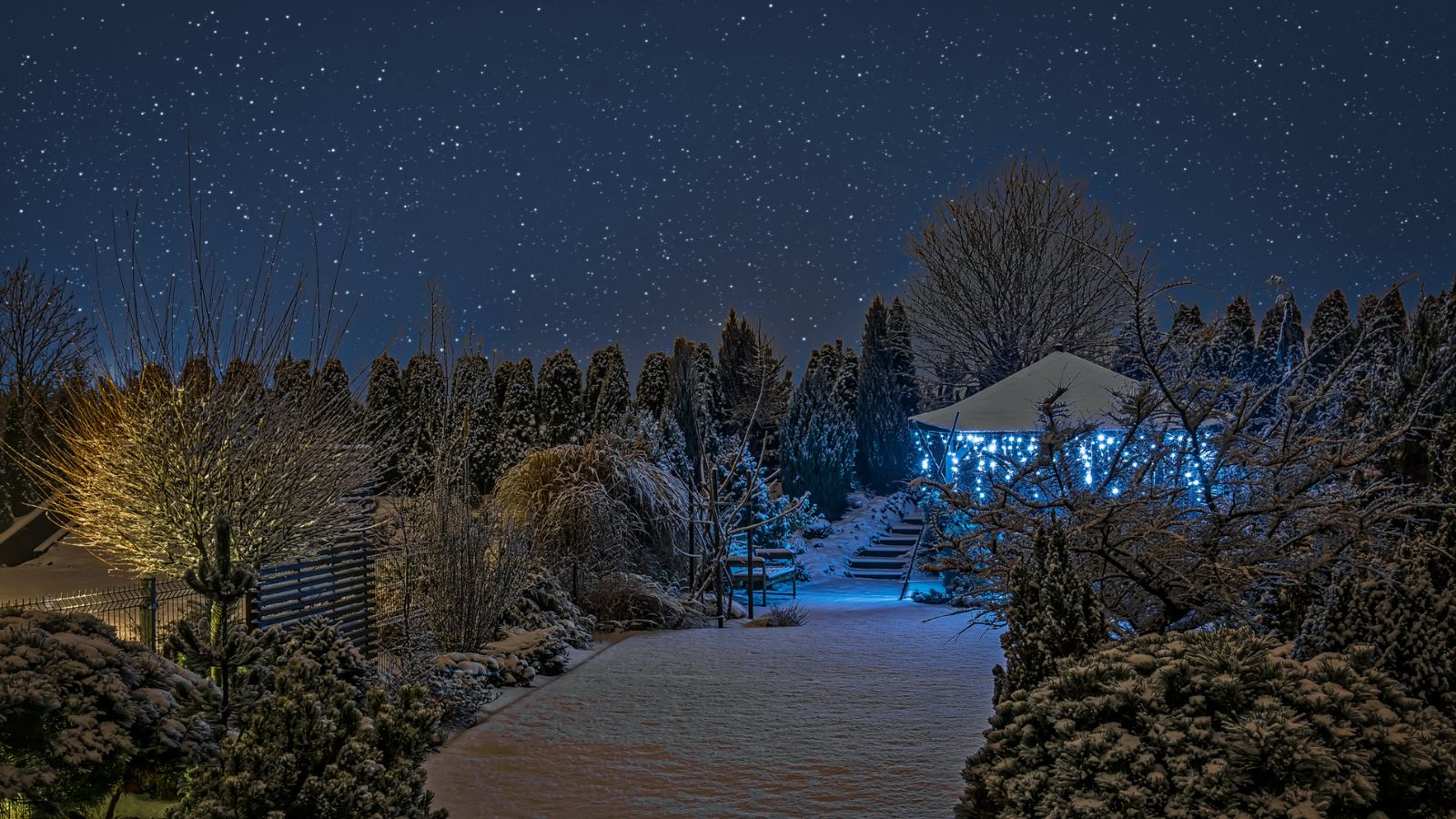

Fall has arrived, and while it's far too early to think about a holiday light show, it's smart to reconsider your outdoor lighting.
The lighting that works in summer can look stark and barren in winter. As trees drop their leaves the branches can look bare, and bright lighting sometimes creates a glare when reflected off the coming snow. Darker winter nights can even present a greater security risk.
I spoke to lighting experts about how to light a yard for winter. These methods ensure a cozy, comforting garden.
1. Make your path lights practical
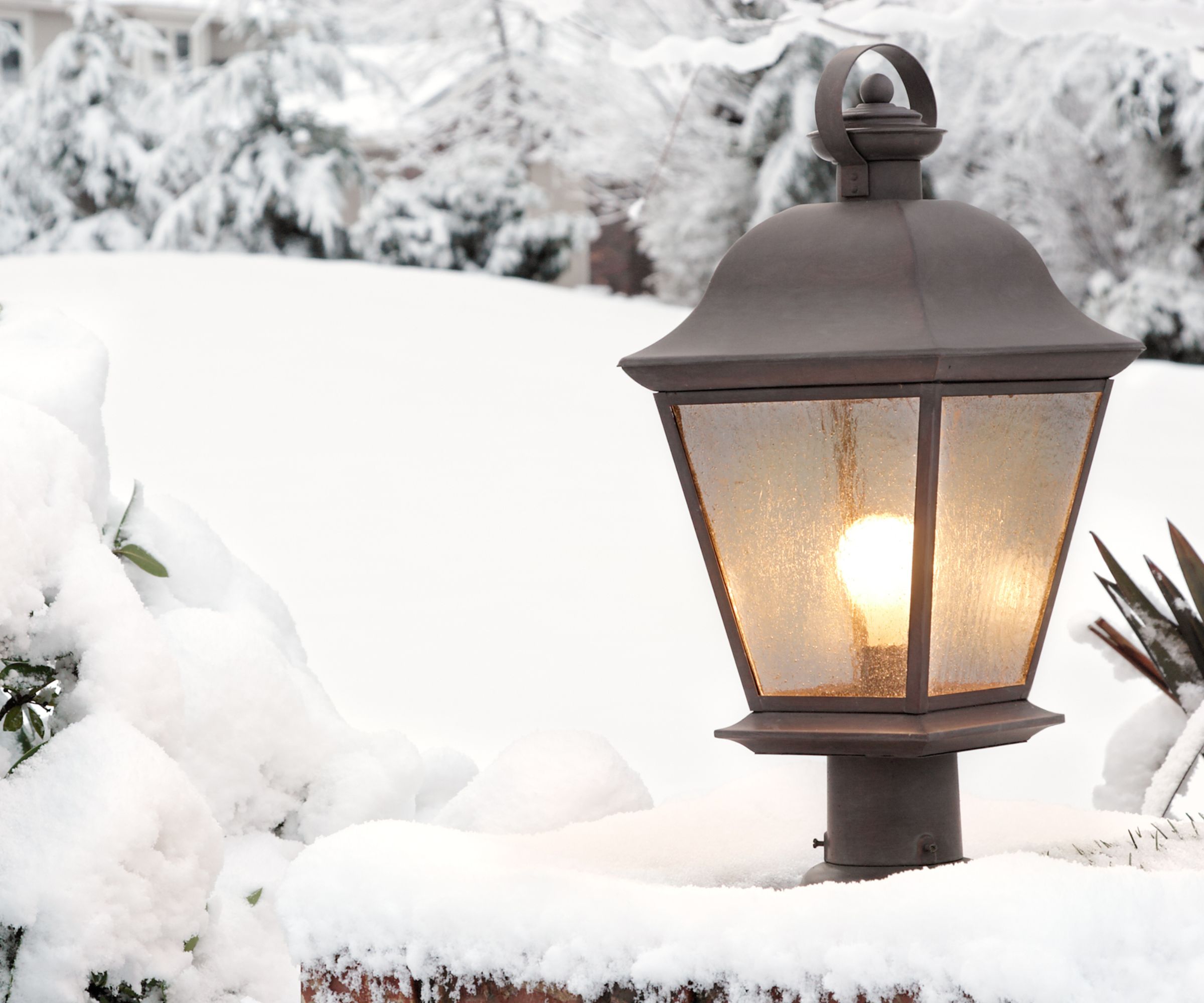
In winter, safety should be your top priority especially if you live somewhere that gets a lot of snow. While you don't need to rearrange your path lights, you might need to make them brighter or replace them with brighter models.
In summer, you can get away with gentle path lights that are more for ambiance than practical purposes. When the weather drops and snow sets in, you need lights that can illuminate trip hazards.
To this end, you need high-lumen path lights. Lumens are a measure of brightness - aim for at least 300. This will ensure that the light that the light illuminates patches of snow and ice that could be fall hazards.
With all your lights, make sure that you have a good IP rating. IP ratings measure how easily water and dust can penetrate electronics. If you want your lights to last the winter, make sure they have at least an IP65 rating; IP68 is best.
Design expertise in your inbox – from inspiring decorating ideas and beautiful celebrity homes to practical gardening advice and shopping round-ups.
Lighting expert Kyle Beach says 'No major changes in your approach for path lights are needed in winter. Just ensure you’re using high-quality products that can handle harsher weather conditions. Consistent lighting lines can be particularly effective in illuminating snowy paths.'
Kyle Beach is the Director of Operations for Wonderly Lights, a holiday and landscaping lighting company.
2. Set festoon and fairy lights to twinkle mode
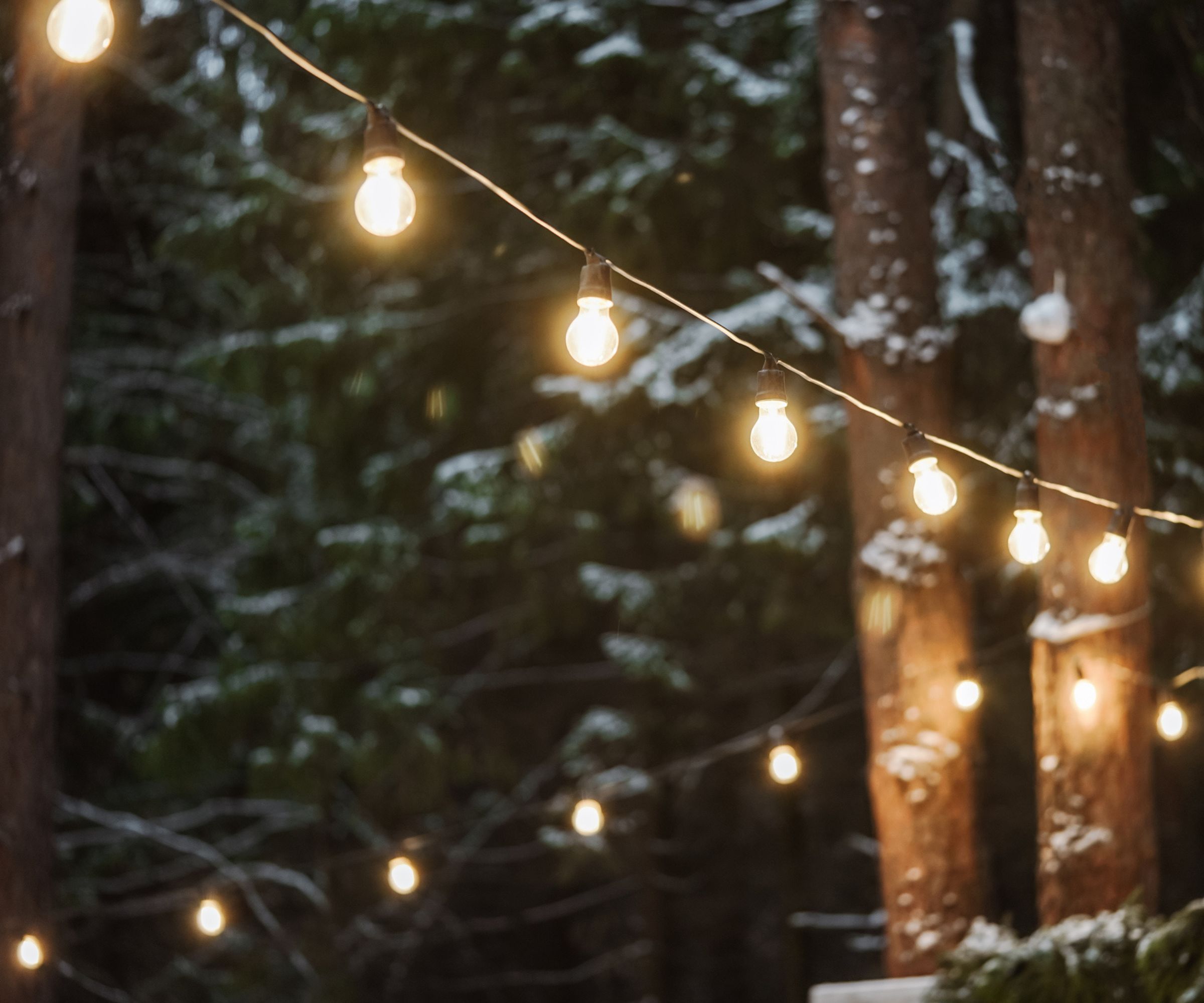
In winter, you should set string lights to twinkle mode, especially if they're solar lights. There are two reasons for this.
The first is aesthetic. In winter, most of your plants won't flower and trees will be bare, so the garden will look a little stark. If you set your lights to twinkle, you add dynamism and movement to a space that's at its most boring, restoring interest and beauty to your space.
There's also a practical reason. Most fairy lights these days are solar-powered. Solar panels create much less charge in winter because the sun is weaker and the days are shorter. This means that they can run for fewer hours. However, setting your lights to twinkle on and off hugely reduces the amount of energy they use, which means that have lights can run throughout the night.
Solar expert Daniel Jarrett says ' For early evening, when outdoor activity is at its height, you might use a higher-energy mode; then, later in the evening, you might move to a lower-energy mode. This method lets you be aware of the little solar energy available during shorter days while yet keeping an attractive display all through the winter.'
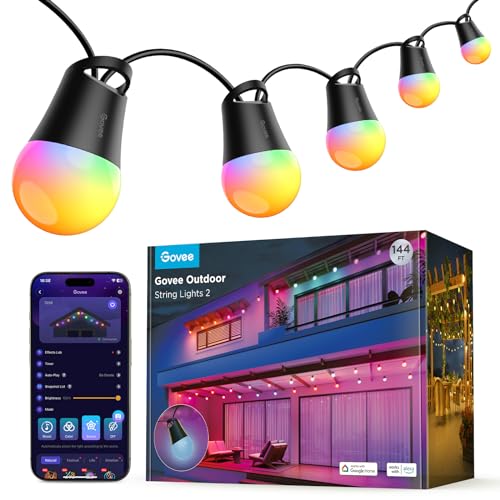
With the holidays approaching, adaptable string lights like this are a great option. You can have a golden glow throughout the year but make them more festive in November and December. They're easy to control through a mobile app and can even be controlled by Amazon Alexa or Google Assistant.

Daniel is CEO at at Queensland Solar and Lighting, a solar system provider.
3. Maintain your security lights
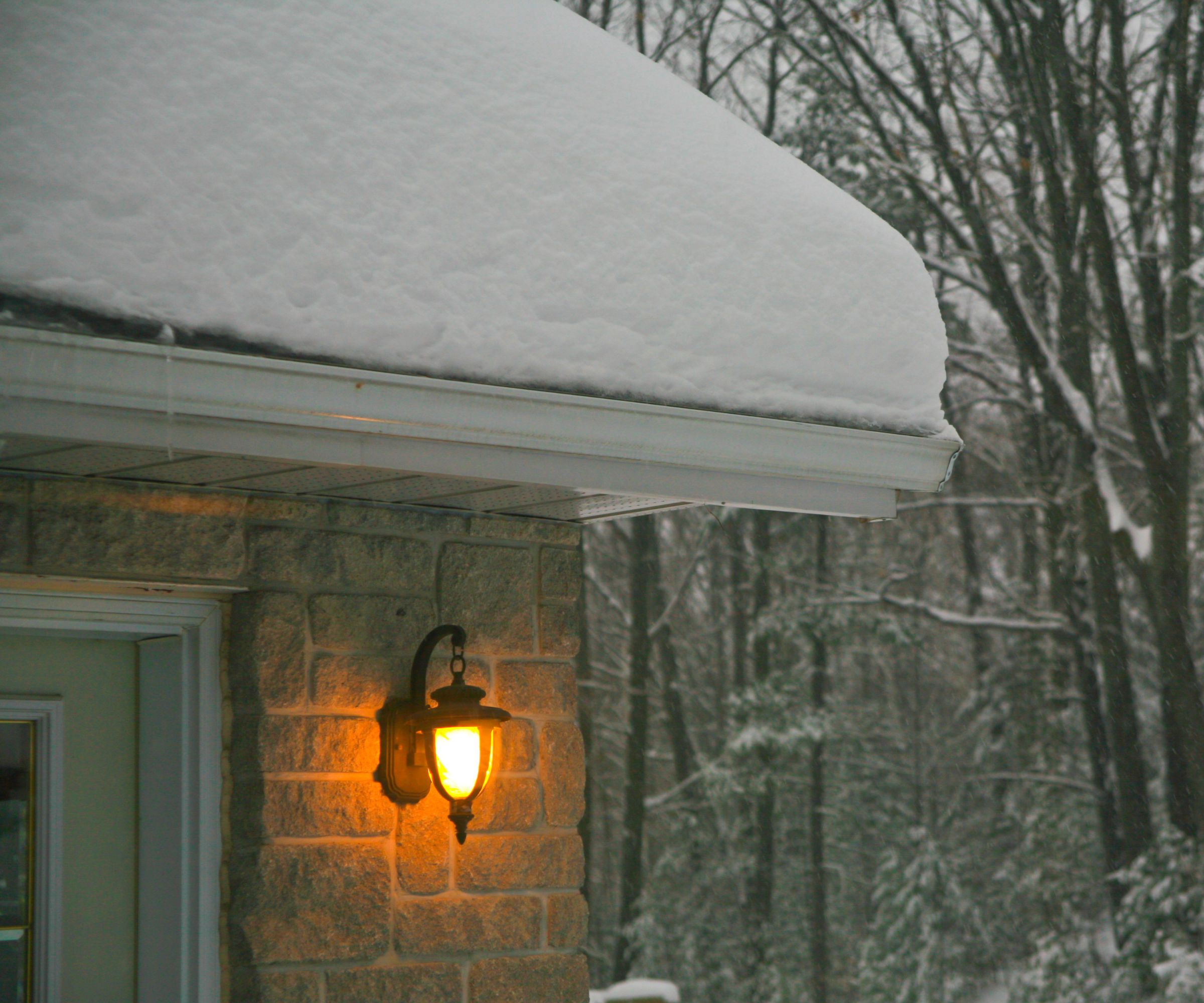
Security lights need a little more maintenance than other garden lights in winter. Home security expert Sara Harshbarger says that it's important to keep security lights clean. A little snow on path lights or festoon lights will eventually damage them, but it's fine for a couple of days.
That isn't the case with security lights. Sara says 'In winter, it's essential to ensure that your security lights maintain proper placement and visibility despite weather conditions. Snow accumulation and winter debris can obstruct your security lights, reducing their effectiveness. Regularly clearing snow and ice from the lights and surrounding areas is important to maintain clear lines of sight.'
Winter also means earlier sunsets, so it's smart to double-check your light's timers. Sara says 'Winter brings longer nights and harsh weather so it’s crucial to check and adjust your smart lights to account for these changes, ensuring the lights activate at the right times and aren't triggered unnecessarily by blowing snow or ice.'
On top of that, winter nights are darker for longer than summer nights. The effect is more significant the further north you are, but in summer there are only a few hours of true night, and it never gets that dark, because it's technically twilight. In winter, however, the nights are much darker, and darker for linger, so it's worth reconsidering your security light layout.
What worked well in summer might not be as effective in winter. Sara told me 'it’s important to optimize lighting coverage. With the sun setting earlier in the winter, consider adding more lights or adjusting the angle of existing ones to ensure that all key areas, such as entryways, driveways, and pathways, are well-lit. This helps maintain security and prevents any dark spots around your property.'

Sara Harshbarger is Senior Vice President and GM of Direct to Consumer at Brinks Home, a home security supplier.
4. Uplight tree branches, not trunks
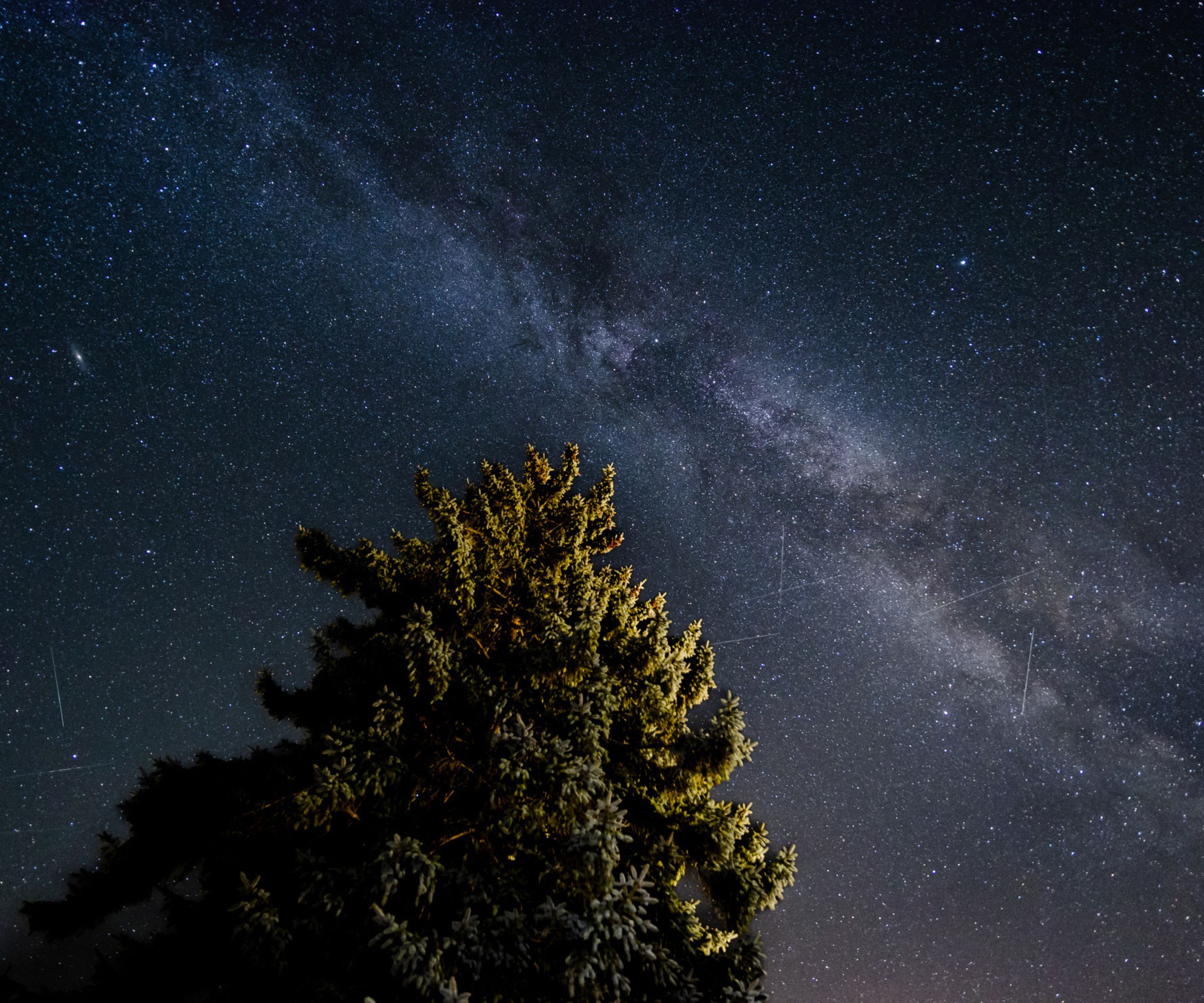
Uplighting trees in winter is a great way to bring color back to your yard in the dull winter months. However, it can be tricky to get the balance right. It's easier to do with evergreen trees, but uplighting deciduous trees can sometimes highlight that they're bare.
The usual advice for uplighting trees is to set the lights back and uplight the trunk. However, Lighting expert Daniel Jarrett gave me a tip. 'In winter, pointing lights toward branches instead of the trunk produces a softer, more pleasing effect for uplighting. This method helps to prevent the extreme, severe appearance that results from concentrating light on a leafless tree's bare trunk.'
Daniel adds that this 'highlight the natural form and structure of the tree by lighting the branches, so producing a more complex play of light and shadow. This method also helps to distribute light more fairly, so producing a softer general illumination that is less likely to seem harsh or overpowering in the winter landscape.'
You don't need anything fancy to do this - cheap, weather landscape lights like this landscape light set from Amazon will do the trick.
5. Change your color temperature
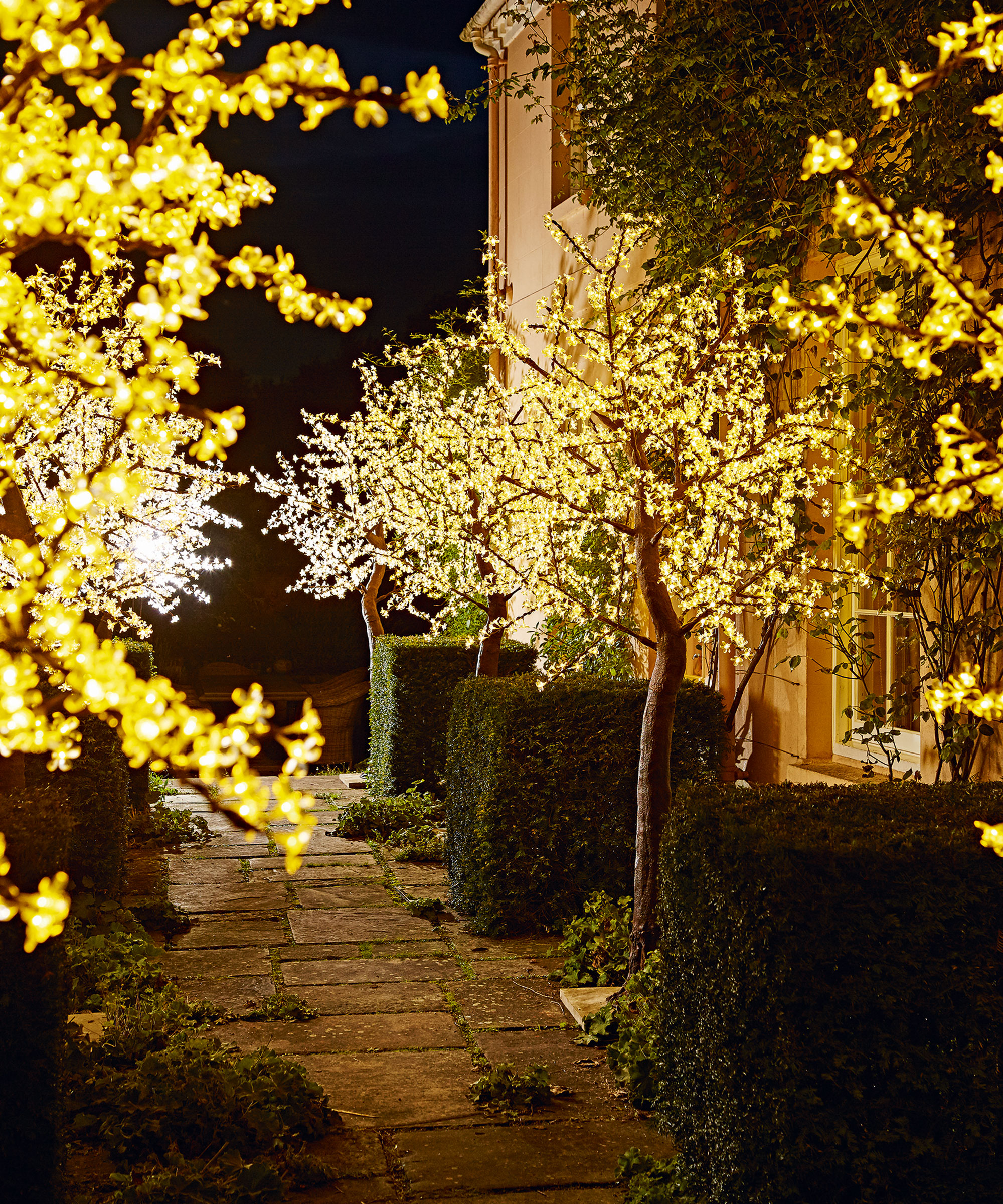
Finally, consider switching your lights to a cooler color temperature. Light temperature is measured in kelvin - the lower the kelvin, the more like candlelight, the higher the kelvin, the more like daylight. High kelvin lights look especially stark in winter and can give your garden a cold, polar feel.
Instead, opt for golden, low-kelvin lights. These offer a more interesting but gentler contrast against dark leaves and walls and make for a much cozier space. Light expert Kyle Beach says 'Darker surfaces like brick or evergreens absorb more light, so using a warmer light of around 2700K can be more effective.'
FAQs
Do solar lights work in winter?
Solar lights work in winter, but they're less effective than in summer because there's less sun. However, there are several ways to make solar lights work in winter, from angling the solar panels to waterproofing them with silicone sealant.
We're still a long way from the holidays, but the experts gave me some great tips for festive lighting that doesn't look tacky. Kyle says to keep the festive lighting minimal so that you don't overdo it. He says 'Uplight a few trees with purples and blues, but keep the various hues to smaller splashes of color rather than top-to-bottom.'

As a gardens and lifestyle contributor, Alex makes sure readers find the right information to help them make the best purchase. Alex got his start in reviewing at the iconic Good Housekeeping Institute, testing a wide range of household products and appliances. He then moved to BBC Gardeners’ World Magazine, assessing gardening tools, machinery, and wildlife products.
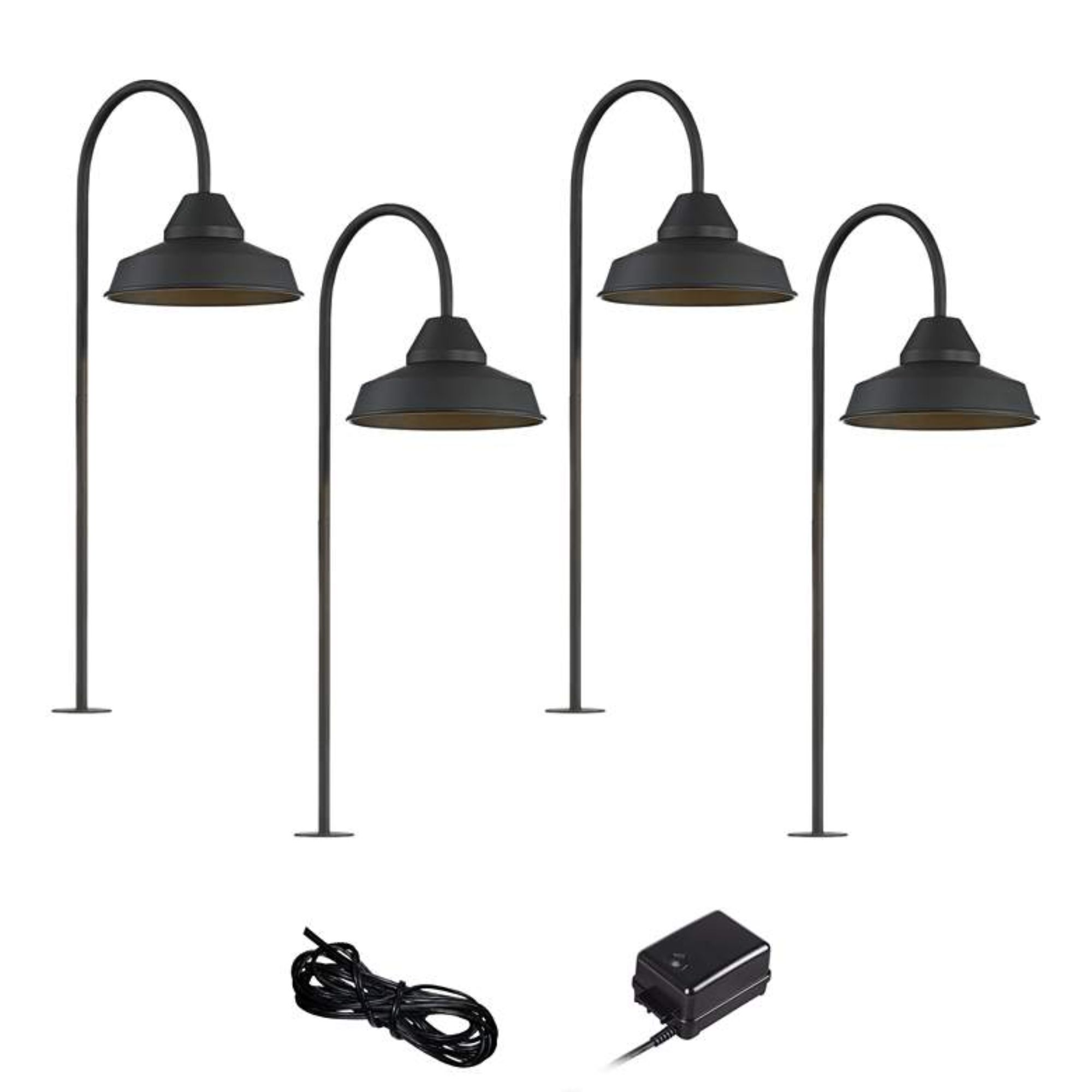
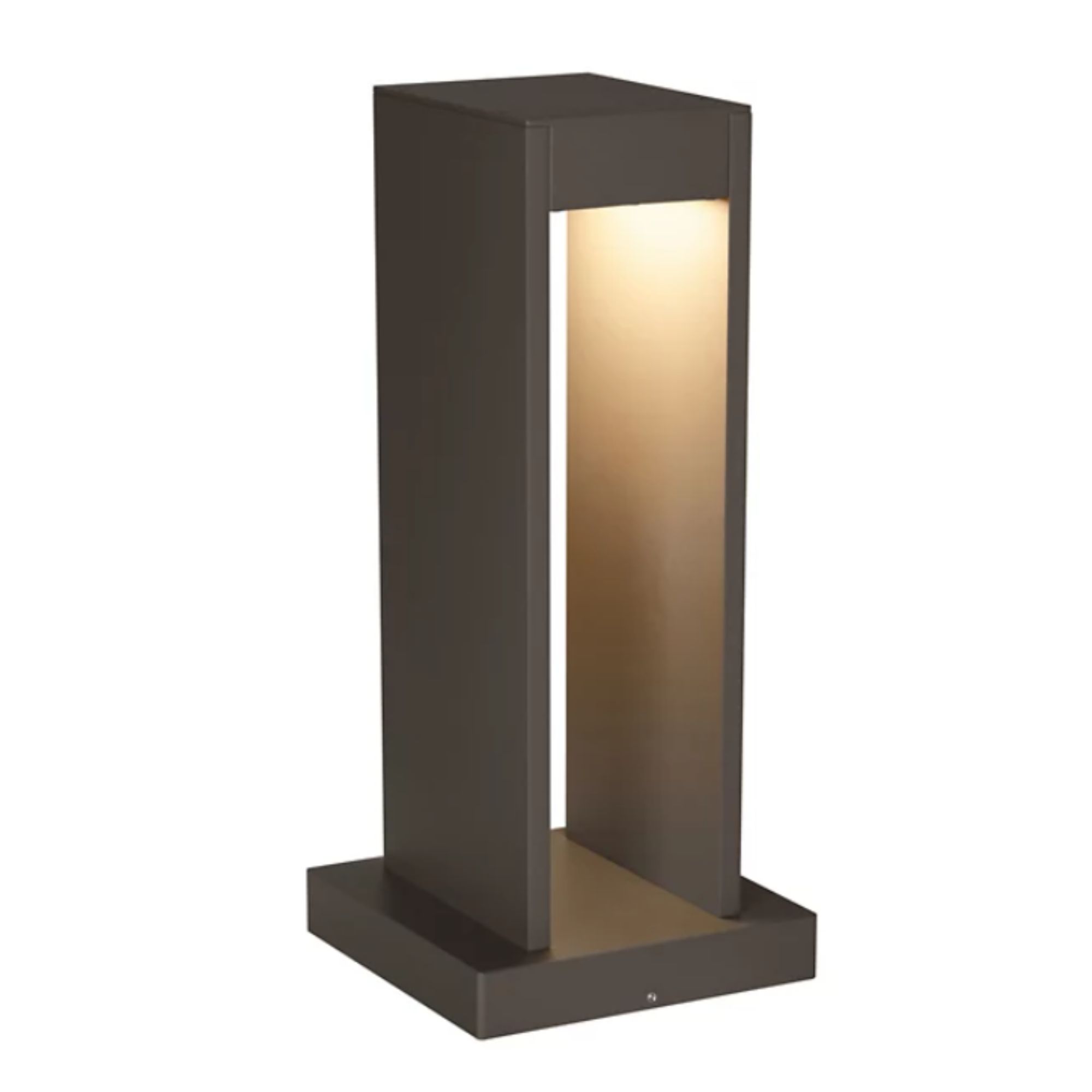
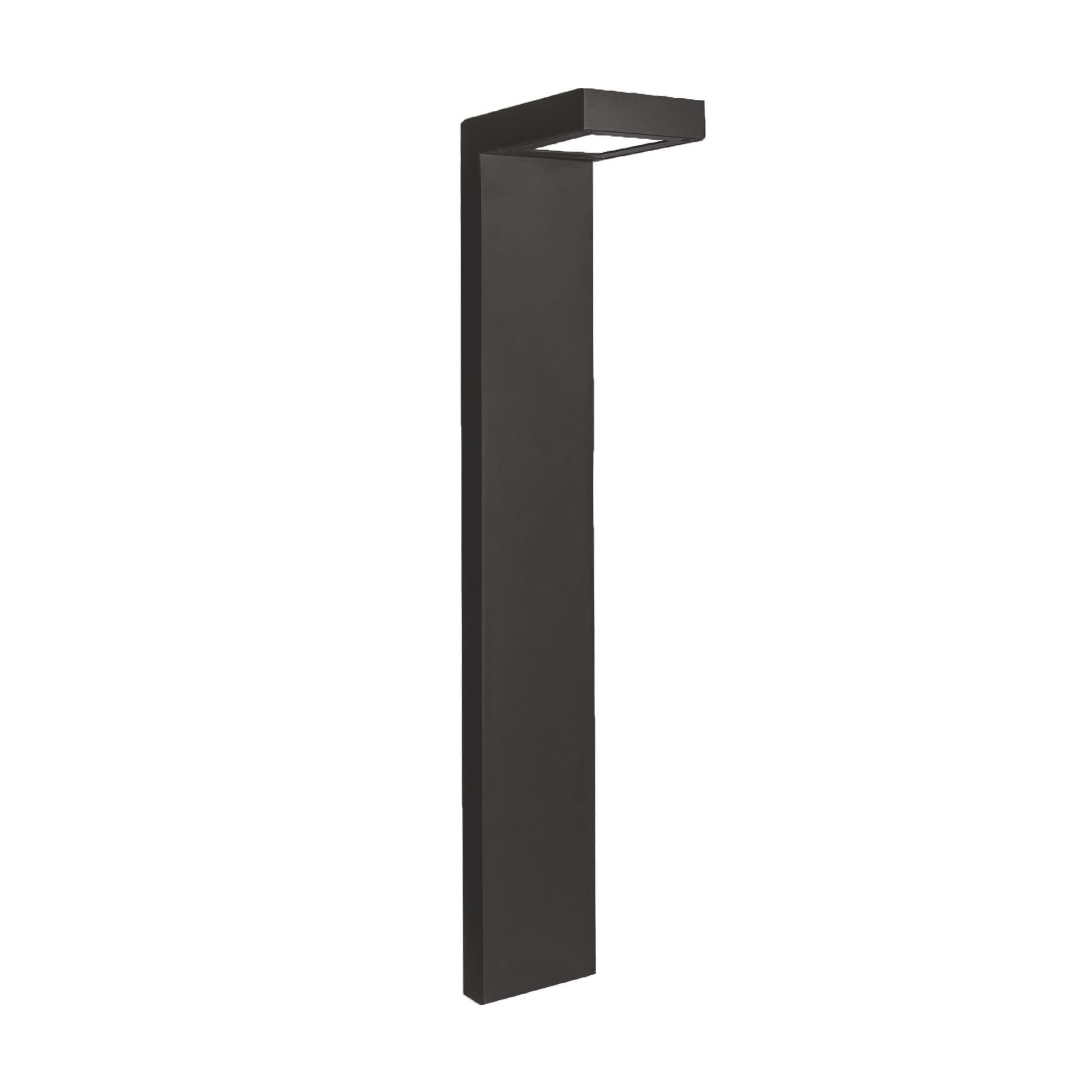
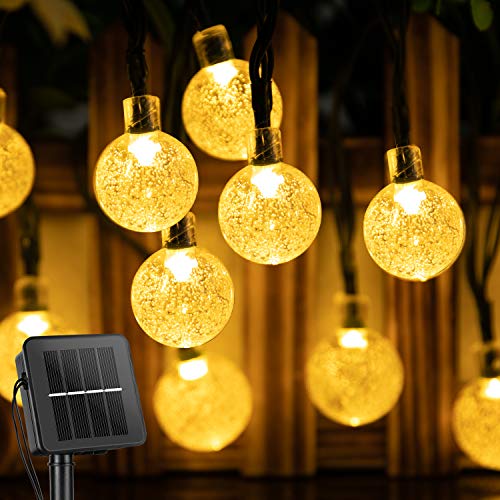
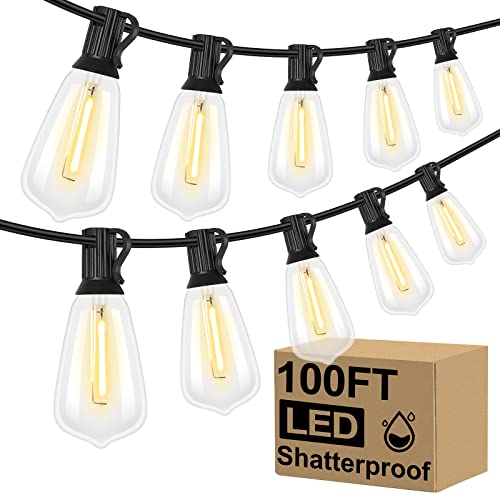
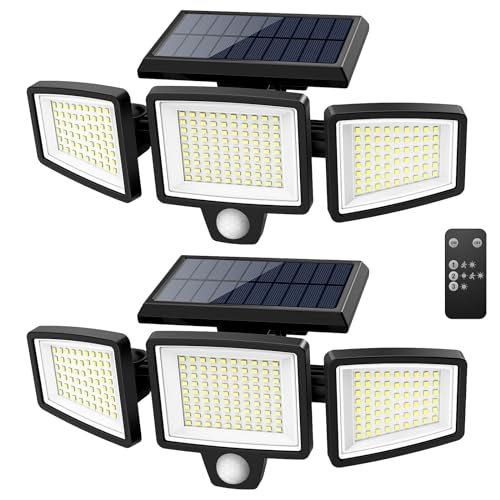
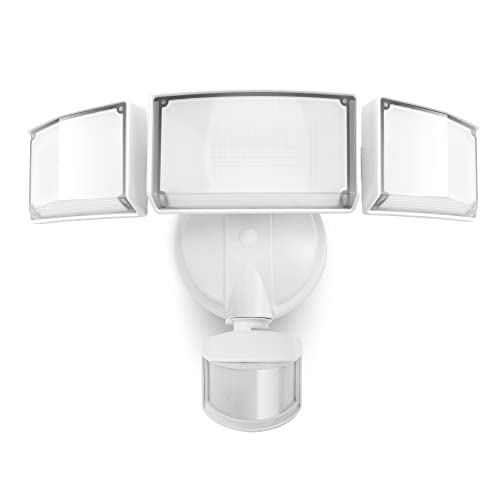
![Claoner Solar Lights Outdoor [𝟔 𝐏𝐚𝐜𝐤/126 Led], Wireless Motion Sensor Lights, Ip65 Waterproof Security Lights 3 Modes, 270° Lighting Angle, Ultra-Bright Wall Lights for Deck Patio Fence Garage](https://cdn.mos.cms.futurecdn.net/siaiE66pgVhbCVQwxkvJcW.jpg)